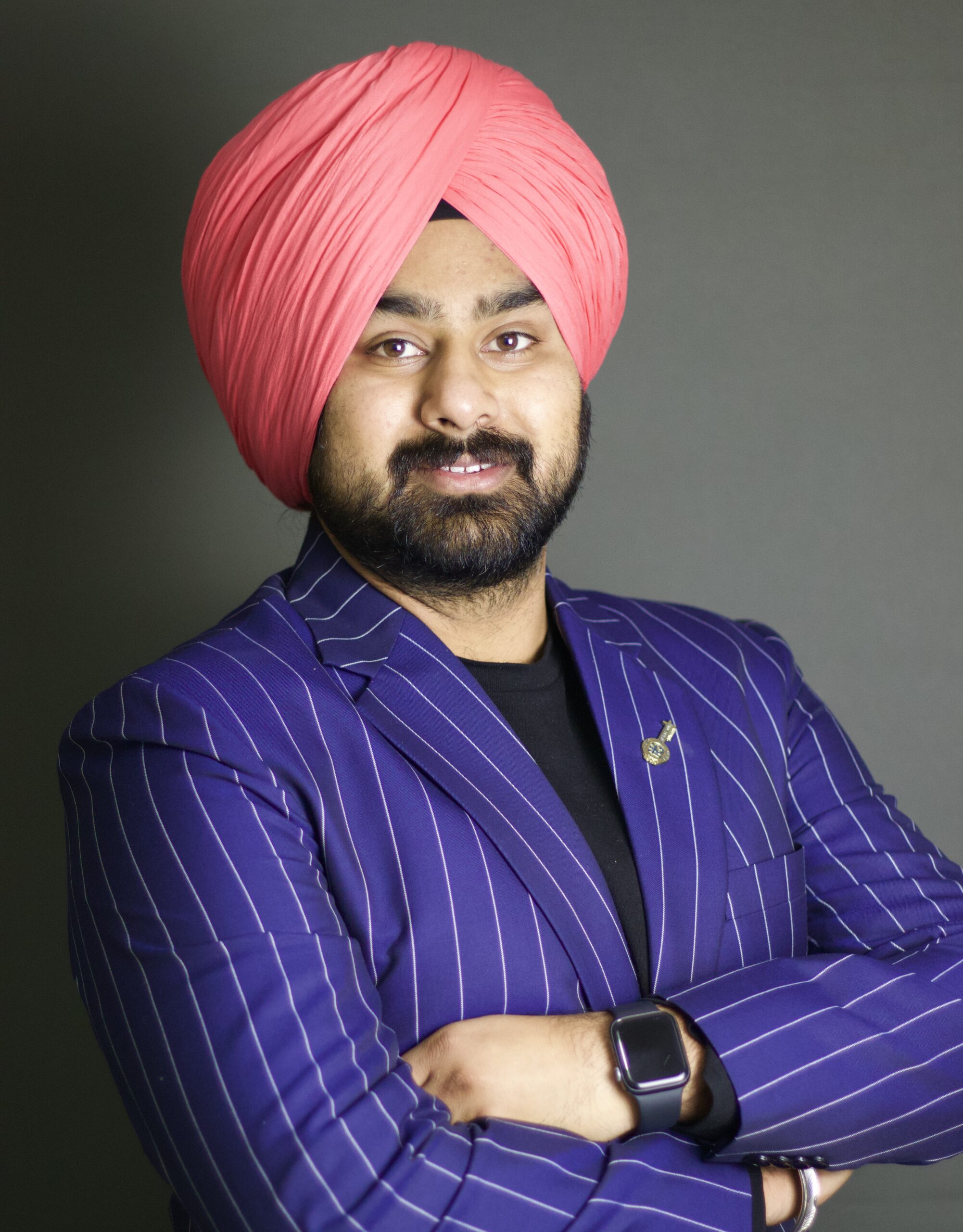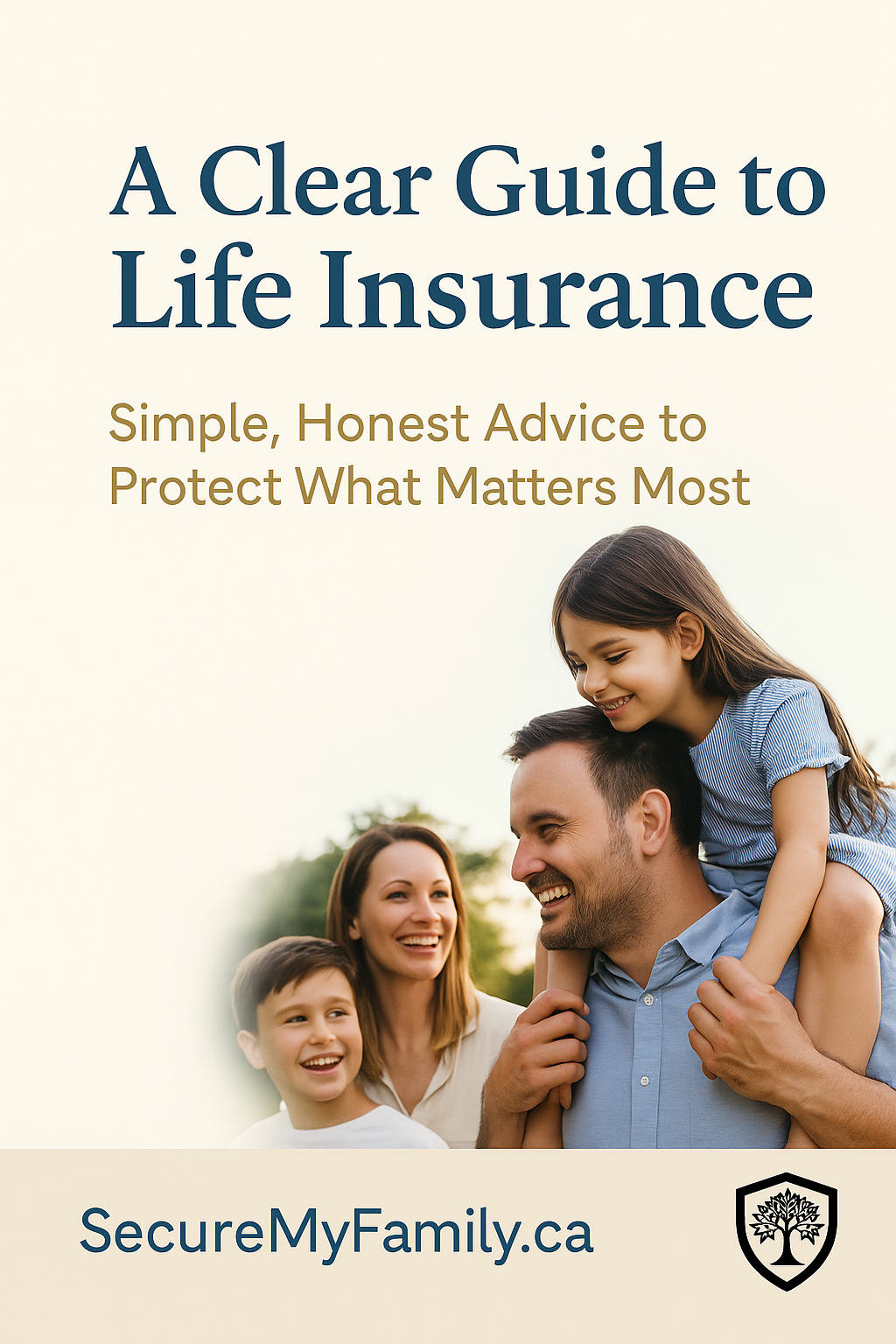Term, Whole, or Universal Life Insurance? A Complete Guide for Canadians
Choosing a policy is one of the most important financial decisions you’ll make. This guide provides a clear verdict on Term, Whole, and Universal life insurance to help you protect the people who depend on you.

For Educational Purposes Only: The information in this guide is for educational purposes and is not financial advice. The examples are for illustration only. Please consult with a licensed advisor to discuss your specific needs.
Term vs Whole Life Canada: The 3 Flavors of Insurance
Settling the Term vs Whole Life Canada debate is a critical step in securing your family’s future. This complete guide simplifies the choice between the three main “flavors” of life insurance, helping you find the one that best suits your needs.
Term Life
Affordable, Temporary Protection
Term insurance is pure protection. You pay a low premium for a set term (e.g., 20 years), and your family gets a large, tax-free payout if you pass away during that time. A healthy 35-year-old might get a $500,000 policy for as little as $30-$40 a month. It’s simple and incredibly cost-effective.
Best For:
- Young families with a mortgage
- Covering children’s education costs
- Paying off personal or business debts
- Getting the most coverage on a budget
Whole Life
Lifelong Security & Savings
Whole life covers you for your entire life with guaranteed premiums that never increase. It also builds a tax-deferred “cash value” that you can borrow against, acting as your own private, tax-sheltered fund.
Best For:
- High-net-worth estate planning
- Funding business buy-sell agreements
- Creating a lifelong fund for a dependent
- Tax-advantaged savings after maxing out RRSP/TFSA
Universal Life
The Flexible, High-Risk Hybrid
Universal life is a permanent policy that offers flexibility in premiums and gives you control over how the cash value is invested. This control, however, comes with significant risk and complexity.
Best For:
- Financially sophisticated DIY investors
- Individuals with a very high risk tolerance
- Those who want hands-on control
How Much Coverage Do You Need?
Understanding the *type* of policy is the first step. The next is determining the right *amount*. Use our free calculator to get a personalized estimate, or contact us for a detailed analysis.
Use the Free CalculatorThe Long-Term Showdown: A Data-Driven Comparison
Let’s compare the journey of a 35-year-old with each policy type, plus the popular “Buy Term and Invest the Difference” (BTID) strategy. The numbers below are based on real illustrations for a $500,000 policy.
| Strategy | Age | Total Premiums Paid | Cash / Investment Value | Death Benefit |
|---|---|---|---|---|
| BTID Strategy | 65 | $20,574 | $156,628* | $156,628* |
| 75 | $20,574 | $443,698* | $443,698* | |
| 85 | $20,574 | $1,063,349* | $1,063,349* | |
| 100 | $20,574 | $3,853,414* | $3,853,414* | |
| Universal Life | 65 | $53,340 | $95,041* | $495,041 |
| 75 | $53,340 | $118,076* | $218,076 | |
| 85 | $53,340 | $253,721* | $353,721 | |
| 100 | $53,340 | $618,143* | $718,143 | |
| Whole Life | 65 | $394,200 | $644,845* | $1.12M* |
| 75 | $394,200 | $1,250,186* | $1.75M* | |
| 85 | $394,200 | $1,959,167* | $2.32M* | |
| 100 | $394,200 | $3,853,414* | $3.85M* |
*Based on illustrations for a healthy 35-year-old non-smoker. BTID & Universal Life values are projected assuming a 6% return and are not guaranteed. Whole Life values are based on the current dividend scale and are not guaranteed.
What’s the Verdict? Your Perfect Life Insurance Match
Stop the debate. The best choice in the Term vs Whole Life Canada discussion depends entirely on your personal financial situation and goals. Answer the questions below to find your match.
Term Life is for You If…
- Your main goal is to cover debts like a mortgage that will be paid off one day.
- You need the most coverage for the lowest possible cost while your kids are young.
- You are disciplined enough to handle your own long-term investments separately.
Whole Life is for You If…
- You have a permanent need, such as covering final expenses or estate taxes.
- You want a guaranteed, hands-off way to save for the long term (a “forced savings” plan).
- You have maxed out your RRSP/TFSA and want another tax-advantaged asset.
Universal Life is for You If…
- You are a sophisticated investor with a high risk tolerance.
- You want total control over the investment component of your policy.
- You are committed to actively managing a complex financial product for life.

